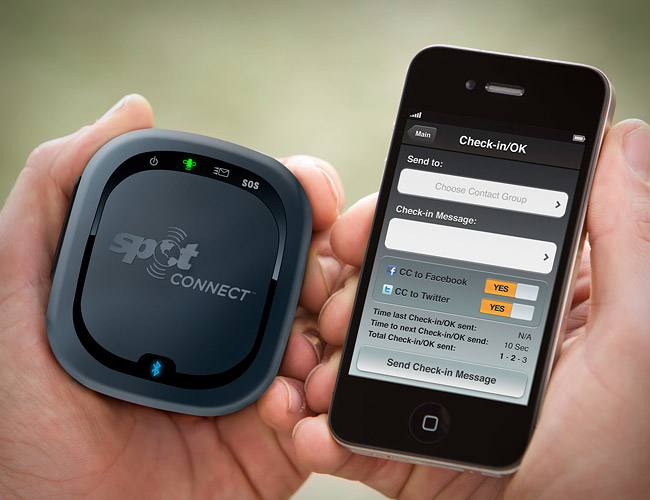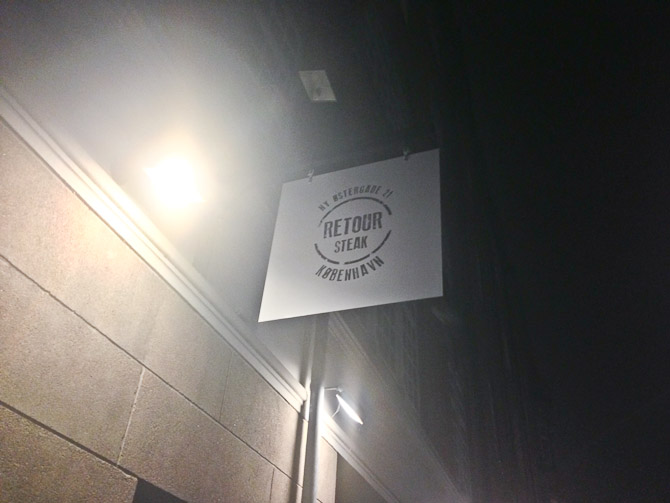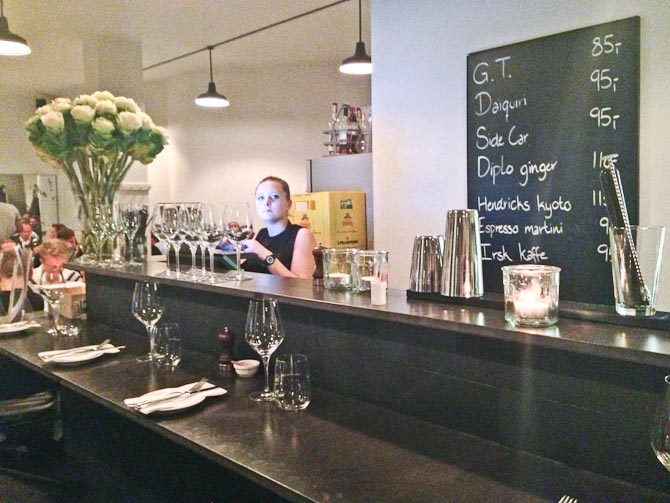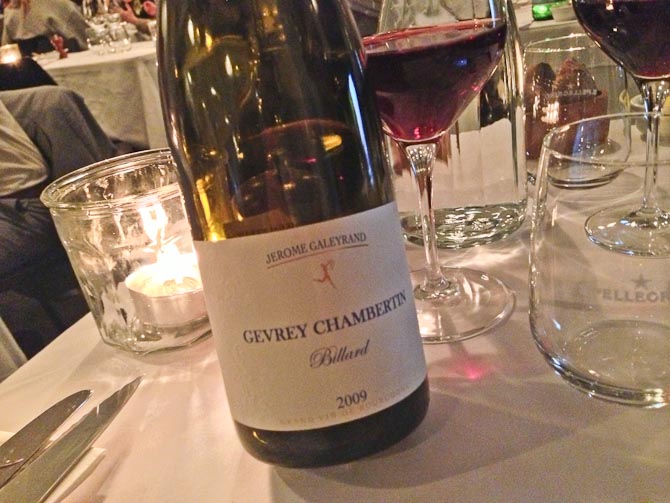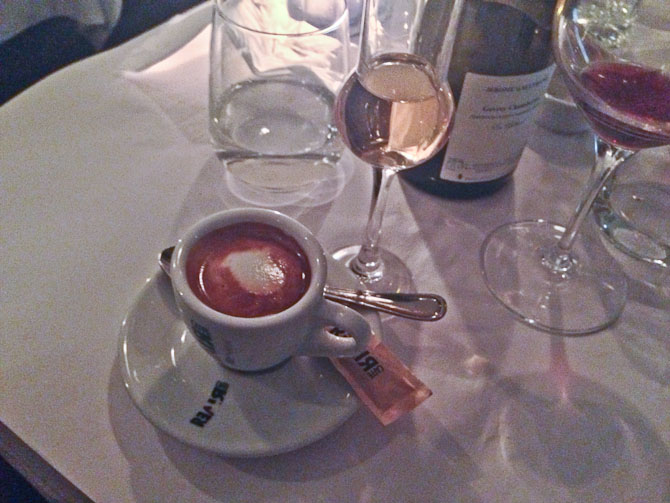Der er blevet skrevet meget om Windows 8. Mange pæne ting og nogle knap så pæne ting. Dette smugkig på den færdige udgave af operativsystemet skal ikke tages for andet end skribentens (det er mig!) holdning, og der skal selvfølgelig tages forbehold, at vi endnu ikke har haft fingrene i et færdigt produkt bygget til Windows 8, og at mange apps før frigives på lanceringsdatoen den 26. oktober eller kort efter.
Når vi nu har fået det af vejen, så lad mig fortælle om, hvordan jeg egentlig har leget med Windows 8. Det er sket på en Series 7-tablet fra Samsung, der har fungeret som udviklerværktøj for mange programmører verden over.
Der er tale om pc-indmad med Core i5-processor, fire gigabyte hukommelse og 64-gigabyte SSD-disk, men den er konstrueret som en ren tablet med berøringsfølsom skærm på 11,6 tommer med 1366 x 768-pixel opløsning.
Jeg har nu brugt den færdige udgave af Windows 8 – den som Microsoft selv kalder RTM, eller Release to Manufacturer – på Samsung Series 7-maskinen i en lille måned, og jeg er gennemgående godt tilfreds med oplevelsen.
En Apple-brugers bekendelser
Og det skal altså siges, at jeg udelukkende har brugt Apple-hardware over de sidste fire år. Først med en MacBook Pro og senere med en MacBook Air – og ja, jeg ejer både en iPhone 4S og den nye iPad.
Men til de fleste situationer kan jeg faktisk meget bedre lide Windows 8 på Samsung Series 7. Installationen af operativsystemet var nemt som ingenting, den starter op og vågner fra dvale på i løbet af sekunder, og den fandt selv min trådløse HP-printer og installerede driverne. Kort og godt: den virker bare – mindst lige så godt som mit Apple-grej.
Brugeroplevelsen i Windows 8 er intuitiv, pæn og behagelig i brug. Når man først lige har vænnet sig til at gøre en finger ind fra venstre side (for at se kørende apps), eller højre side (for at tilgå Startmenu og Indstillinger) eller fra bunden (Flere muligheder), så føler man sig helt hjemme i operativsystemet.
Har du prøvet en Windows Phone-mobil, så vil du nikke genkendende til oplevelsen i Windows 8. Det var utrolig nemt at tilføje mine Google, Facebook, LinkedIn, Twitter og Flickr-konti, og når først de er inde i systemet, så kommer de indbyggede apps til Kontaktpersoner, e-mail, kalender og fotos til live med indhold, der dynamisk opdateres og holdes ved lige.
Det funker bare
Jeg er godt tilfreds med e-mail-programmet, kalenderen fungerer bare, og det er sjovt at gå på oplevelse i, hvad dine venner og bekendte foretager sig på de mange forskellige sociale netværk. Den indbyggede chat-app gør det nemt at kommunikere med dine venner via Facebook eller Messenger, og lur os om Skype ikke også snart integreres.
Mange bryder sig ikke om, at apps nu kører i fuldskærmstilstand i Windows 8, men det er jo også tilfældet på min iPad eller min Google Nexus 7-tablet, og på min MacBook lader jeg oftest mine programmer fylde hele skærmen og skifter mellem dem med Command-Tab-genvejen. Det samme kan gøre med Alt-Tab på Windows.
I Windows 8 kan jeg hive en app ind på en lille del af skærmen, eksempelvis chatklienten eller e-mail, og holde forbindelsen med omverdenen mens jeg arbejder på en artikel eller surfer nettet med Internet Explorer eller Google Chrome. Ja, du læste rigtigt. Google har allerede frigivet en tidlig udgave af Chrome, der virker med Windows 8 og det fungerer fremragende.
Jeg savner nogle flere apps i Microsoft-butikken, men lur mig om de ikke finder vej når først operativsystemet lanceres officielt den 26. oktober. Der er allerede nogle gode apps derinde, men jeg forventer selvfølgelig at finde alle de applikationer, jeg allerede nu bruger på min iPad og Nexus 7-tablet.
En ”rigtig” computer
Det der er rigtig fedt ved Windows 8 på en tablet som Samsung Series 7 er, at jeg får en tablet-oplevelse, der er mindst lige så god – hvis ikke bedre – som den vi får hos iOS (altså iPad, red.) eller Android samtidig med, at jeg også kan starte det klassiske Windows-skrivebord og gå i gang med rigtige og tunge Windows-programmer som Word eller eksempelvis Photoshop.
Jeg tilslutter det medfølgende trådløse tastatur, og ind i mellem også en trådløs mus, og så bliver min tablet lige pludselig forvandlet til en rigtig arbejdshest. Jeg kan arbejde seriøst med dokumenter, redigere fotos i Photoshop og uploade en færdig historie til TV2 via VPN-adgang og alt det stads. Der gemmer sig hele tiden en fuldt funktionsdygtig pc under overfladen, og det betyder at jeg aldrig behøver at gå på kompromis i forhold til at løse seriøse arbejdsopgaver.
Betyder det at der ikke er problemer og irritationsmomenter ved Windows 8? Selvfølgelig ikke. Jeg ville faktisk ønske at Startmenuen var tilgængelig, når jeg befinder mig i den klassiske Windows 8-oplevelse. Jeg skal selv lave genvej til de mest bruge programmer, ellers skal jeg hele tiden ud i Windows 8-brugermenuen for at starte et nyt program, og det er altså også selvom det skal køres på det klassiske Windows-skrivebord.
Men altså, når først du har oprettet genvejene til de mest brugte programmer, så kan du opholde dig i ”det gamle Windows” lige så lang tid du har lyst uden overhovedet at tænke over den nye brugeroplevelse i Windows 8. Og jeg kan altså godt lide at jeg har adgang til dem begge på den samme enhed.
Det skal også siges, at Samsung Series 7-maskinen ikke er perfekt til Windows 8. Jeg synes den er for tung, og når jeg arbejder med tunge programmer, så går blæseren i gang. Men jeg er ret så hug på Lenovo Thinkpad 2 Tablet, der blot måler 9,8 millimeter i tykkelse og vejer 650 gram, men alligevel leverer en fuld Windows-oplevelse.
Også Microsofts Surface ser rigtig spændende ud. Den lille udgave er tynd og let, men kommer med Windows RT, der ikke virker med klassiske Windows-programmer. Men den virker med Office 2013, og hvis der kommer et par gode apps til billedbehandling, så kunne den sagtens fungere som en god rejsecomputer.
Kort sagt: Jeg kan sagtens se, hvor Microsoft bevæger sig hen med Windows 8 og det er altså et spændende sted, der kombinerer den gode brugeroplevelse fra tablet-computeren med fleksibiliteten og mulighederne hos den traditionelle pc. Går man en smule på kompromis begge steder? Måske, men antageligvis kun for en kort periode, og fordelene ved at have begge oplevelser i én maskine er i mine øjne klart at foretrække.
Jeg glæder mig rigtig meget til den 26. oktober.
